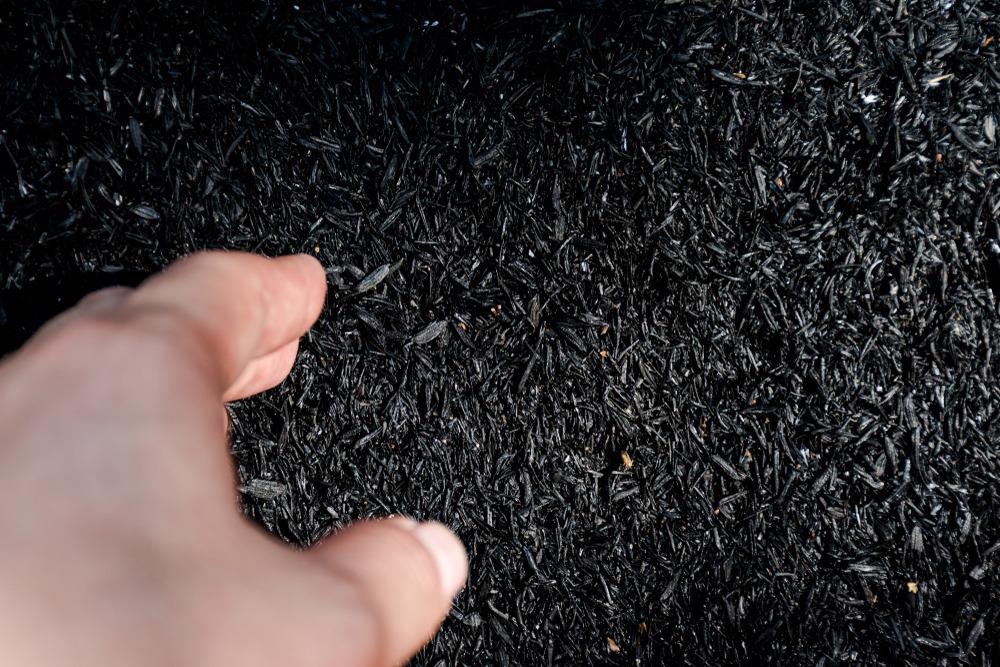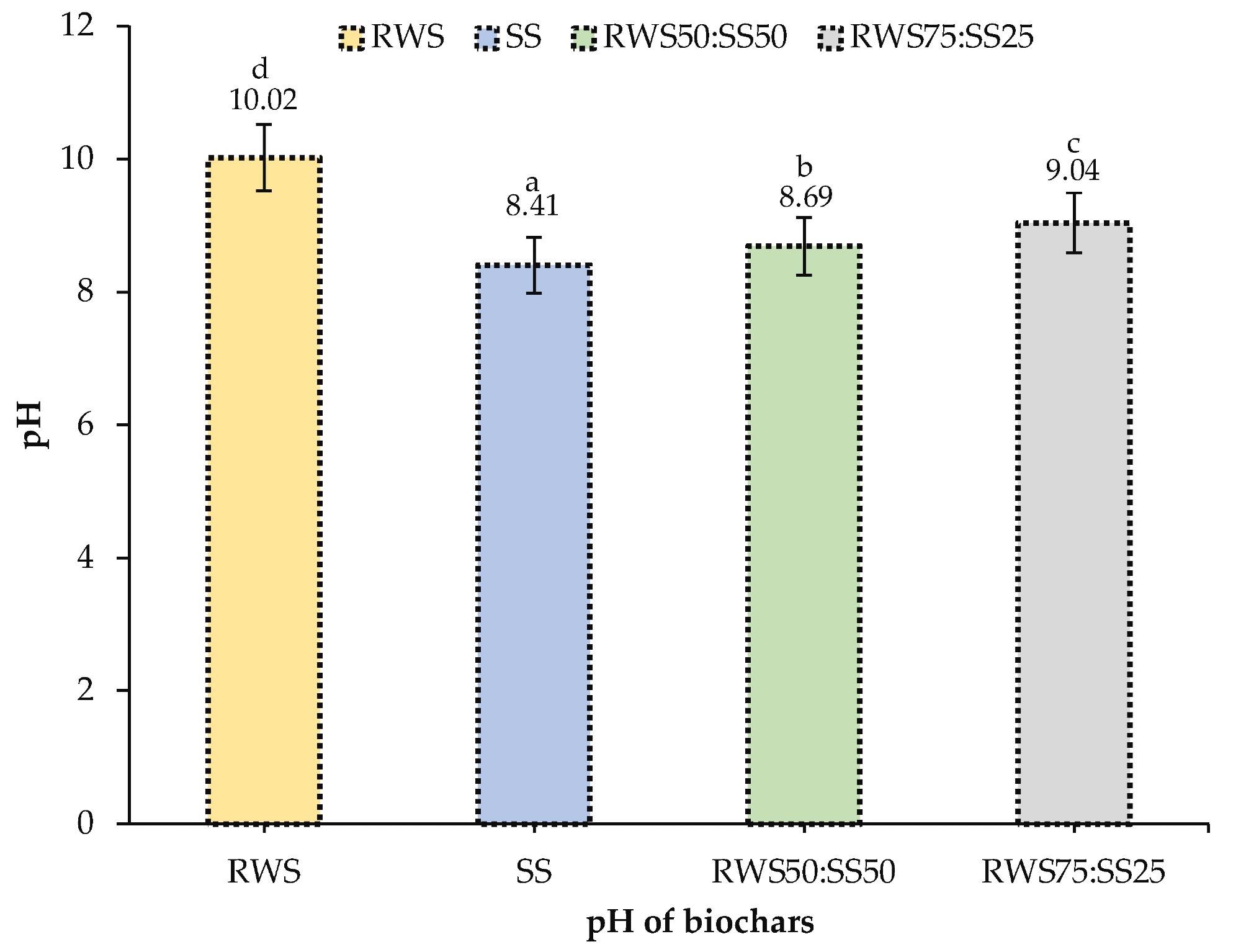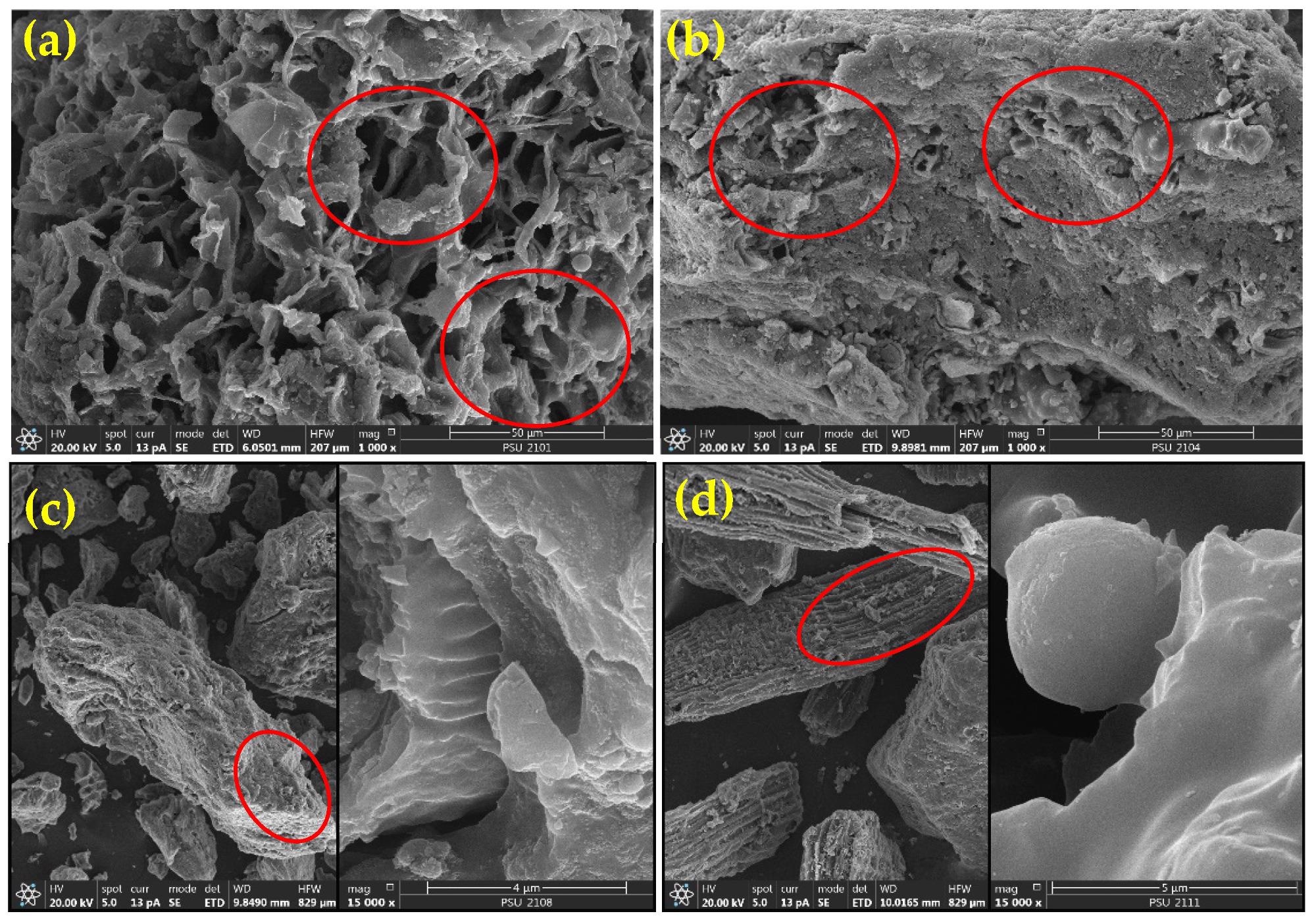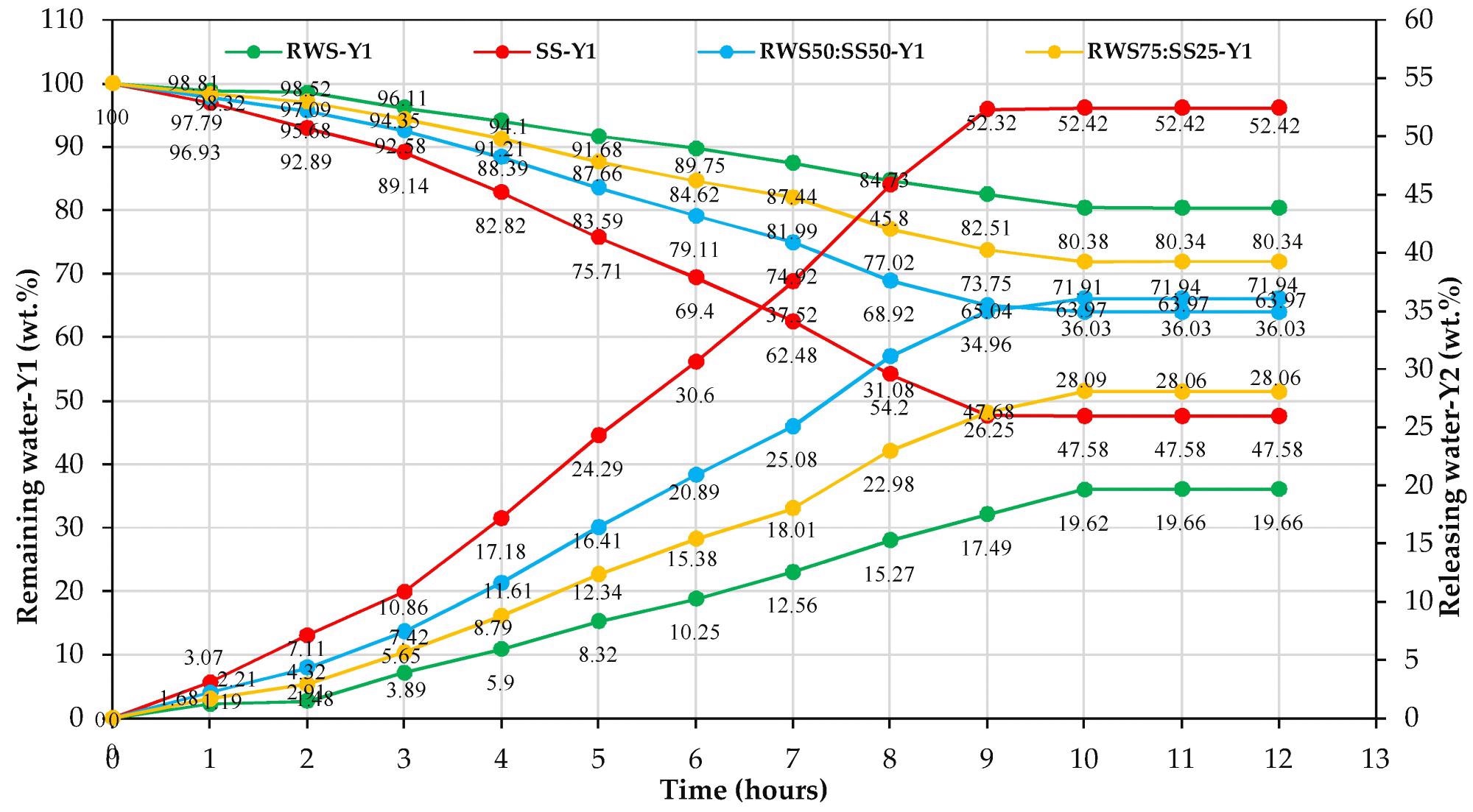A research team from Thailand and Pakistan has investigated the characteristics of biochar derived from sewage sludge and rubberwood sawdust. Their findings have been published online in the journal Sustainability this week.

Study: Characteristics of Biochars Derived from the Pyrolysis and Co-Pyrolysis of Rubberwood Sawdust and Sewage Sludge for Further Applications. Image Credit: StorKiss/Shutterstock.com
Climate Change and the Problems with Sustainability
Human activity has caused unprecedented damage to the natural world over the span of just a couple of centuries, an infinitesimally small amount of time on a geological scale. Humankind has heavily exploited natural resources such as fossil fuels and water for industrial and agricultural activities, as well as used vast tracts of land for commercial purposes. Rapid population growth and urbanization have vastly increased strain upon the environment.

pH levels of RWS, SS, RWS50:SS50, and RWS75:SS25 biochars from pyrolysis at 550 °C. Data represent the averages and standard deviations based on triplicate experiments. Comparisons among the four treatments were significantly different (Tukey, p < 0.05) and all the treatments are indicated by lowercase letters (a–d). Image Credit: Ali, L et al., Sustainability
The problems caused by human activity and climate change manifest in rising global temperatures, variations in precipitation, extreme weather events, flooding, and low soil quality. Rapid population growth requires increasingly industrialized food production to feed the world. Human society has a huge problem with sustainability, with economies currently overwhelmingly designed in a linear fashion, where virgin resources are exploited, processed, and disposed of after use.
Research into achieving a circular economy is an increasing area of focus. In a circular economy model, waste produced at the end of a product’s life is recycled, reused, and repurposed into value-added products that are then fed back into the production stream. Achieving a circular economy will address the pressing issues with climate change, pollution, and dwindling natural resources.
Using Biochar in Agriculture
Agriculture is one of the most vital sectors of industry for human progress. Food security is of paramount importance to governments, but the growth of industrialized farming and food production over the past few decades has brought with it environmental problems.
The issue of land and water use is a central concern for the agriculture and food industries. Dwindling soil quality and the loss of nutrients from plant uptake over time causes problems with the long-term sustainability and yields of vital crops which are used for food and, increasingly, to produce biofuels. The lack of suitable arable land and deforestation to recover land for crops and cattle compound the issue. Chemical fertilizers cause issues with insufficient nutrient uptake, leaching of chemicals into the environment, and finite resource exploitation.
Recently, organic fertilizers have been widely explored in research. One type of organic fertilizer that has shown promise is biochar, which is produced by the pyrolysis of organic matter. A carbon dense heterogenous substance, it is also rich in minerals and is highly stable and porous.
Biochar reduces the carbon footprint of the agriculture industry when used as a soil amendment, is sustainably produced, improves the physical properties of soil, and when used as a slow-release fertilizer, avoids nutrient loss and its effect on yields. Moreover, using biochar reduces issues with land use and the leaching of contaminants into the environment.

SEM photographs of (a) RWS biochar, (b) SS biochar, (c) RWS50:SS50 biochar, and (d) RWS75:SS25 biochar, (the right-side figures (c,d) show RWS biochar, while the left side shows SS biochar), and red circles show the pores of particles. Image Credit: Ali, L et al., Sustainability
The Study
Biochar can be produced from biomass generated from agricultural and industrial waste streams. The study has investigated the renewable production and use of biochar from sewage sludge and rubberwood sawdust. They have also explored the co-pyrolysis of feedstocks with a mixture of 50:50 and 75:75 rubberwood sawdust/sewage sludge.
The authors have presented a thorough review of current research perspectives on biochar use as a soil augmentation and fertilizer for the agriculture industry, with over a hundred reviews from the last two decades included in their literature review. These studies have covered a multitude of relevant research questions.
Rubberwood sawdust was obtained from a factory and sewage sludge was obtained from a canned tuna factory, both in Thailand. Biochar was both pyrolyzed and co-pyrolyzed using a slow pyrolysis method. After pyrolysis, the samples were placed in containers and allowed to cool, before being placed in desiccators to remove moisture.
The study has analyzed the biochar properties, determined characteristics such as atomic ratios and basic components, minor and major elements, the pH of biochar, carbon sequestration, stability, surface morphology, and hydraulic properties.

Water releasing and remaining behavior of biochar samples. Image Credit: Ali, L et al., Sustainability
FTIR spectroscopy was used to identify functional groups, with results elucidated based on a literary survey. SEM and BET analysis were used to determine characteristics such as surface area, pore volume, and pore structure. Additionally, a thermogravimetric analysis was presented in the research.
Results of the study’s analyses demonstrated that rubberwood sawdust biochar possesses a high carbon content but low oxygen content, whereas biochar derived from sewage sludge had a high ash content but low carbon content. X-ray fluorescence spectroscopy revealed high contents of inorganic elements such as silicon, iron, magnesium, and zinc in sewage sludge biochar. Biochar pH ranged from 8.42-10.02. Rubberwood sawdust biochar has a larger pore diameter and lower surface area than other biochars.
Based on their observations, the authors have stated that creating biochar blends improves the mechanical and physiochemical properties of the materials, making them more suitable for agricultural uses. The results of the study provide a firm basis for further research and applications of biochar from sewage sludge, rubberwood sawdust, and blends of both biomasses.
Further Reading
Ali, L et al. (2022) Characteristics of Biochars Derived from the Pyrolysis and Co-Pyrolysis of Rubberwood Sawdust and Sewage Sludge for Further Applications [online] Sustainability 14(7) 3829 | mdpi.com. Available at: https://www.mdpi.com/2071-1050/14/7/3829
Disclaimer: The views expressed here are those of the author expressed in their private capacity and do not necessarily represent the views of AZoM.com Limited T/A AZoNetwork the owner and operator of this website. This disclaimer forms part of the Terms and conditions of use of this website.